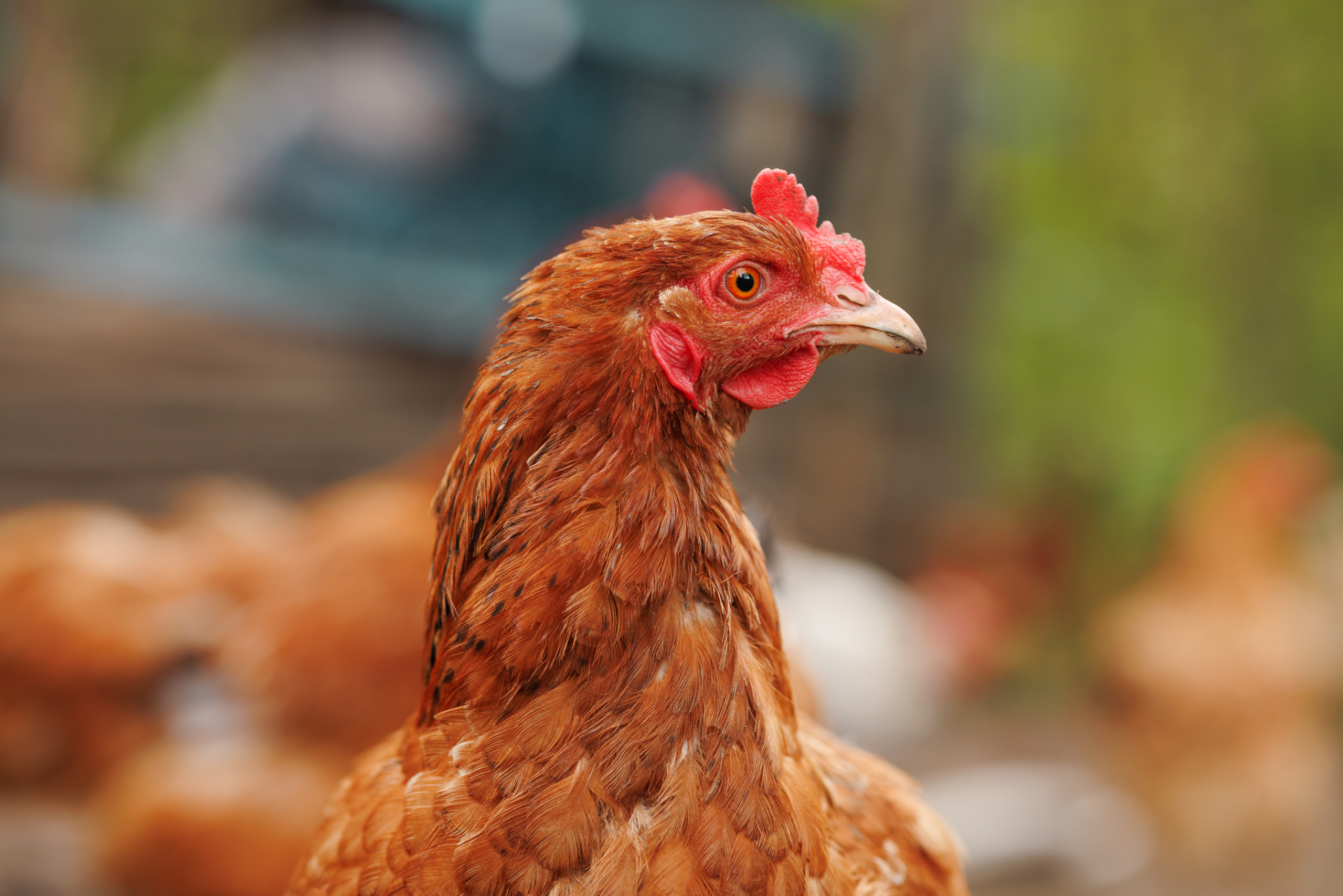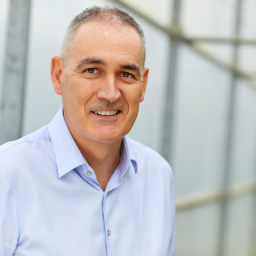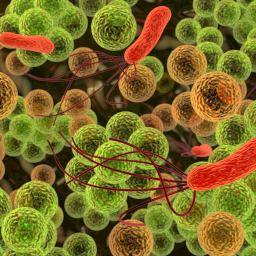NEW
A decade transforming poultry welfare monitoring
2 September 2025
- At NEIKER, we develop data-driven digital solutions to help the sector improve farm management and support decision-making.
Having effective systems for monitoring animal health, welfare, and productivity is essential for the poultry sector to evolve towards a more efficient, sustainable, and responsible model. These tools not only improve farm performance, but also ensure bird welfare and respond to growing social and regulatory demands.En esta línea, en NEIKER llevamos más de una década desarrollando soluciones tecnológicas que faciliten al sector información práctica y basada en datos para mejorar la gestión de las granjas y apoyar la toma de decisiones.
From observational assessment to data prediction
This journey began in 2011 with the European Animal Welfare Indicators (AWIN) project, which designed welfare indicators and assessment protocols focused directly on the animal. Although the project, led at NEIKER by Inma Estevez (IKERBASQUE Senior Researcher), addressed different species, in the poultry sector it represented a significant advance with the development of the transect method, a technique that allows the systematic assessment of the condition of animals through observations made while walking through the aisles of the barns. This approach laid the foundations for the development of the i-WatchTurkey application, aimed at turkeys, and i-WatchBroiler, focused on chickens, which facilitated the practical application of this methodology on commercial farms.
This direct assessment model was an important step forward, but it soon became clear that tools were needed to anticipate potential risks before they manifested themselves.
Based on this experience, we broadened our approach and incorporated analytical tools into subsequent projects such as iBOSP (led by Inma Estevez), which began in 2014 and developed a decision support system for broiler chickens. This system combined environmental information, such as temperature and relative humidity, with production data such as weight, cumulative mortality, and the presence of locomotor problems.
“Thanks to the use of machine learning techniques, it was possible to analyze patterns and relationships between these variables to anticipate risk situations and improve welfare management,” says Xavier Averós, a researcher in the Animal Production Department at NEIKER.
This line of work was consolidated in 2016 with iMBDatA (also led by Inma Estevez), which addressed the management of information routinely collected in slaughterhouses in the European Union in order to support decision-making through a more integrated view of the production process throughout the entire life cycle.
This path marked a paradigm shift: moving from evaluating what is happening at a specific moment to anticipating what could happen in the future, in order to act in a timely manner and with more information.
A step forward in prediction
One of the most recent examples of this predictive approach is the D-AWARE project, which has focused on free-range chickens since 2022. Its objective has been to identify what information is really necessary for producers to anticipate potential welfare problems on the farm and predict production results at slaughter.
To this end, data was collected in collaboration with the Lumagorri production company, through the on-farm evaluation of 98 batches and the subsequent analysis of their data at slaughter. By processing this information using advanced analysis techniques, a small set of seven indicators was identified that can accurately predict welfare status: cumulative mortality on the day of assessment, litter quality, environmental concentration of carbon dioxide (CO₂) and ammonia (NH₃), and percentage of lame birds, with feathering problems associated with pecking, and sand bathing, the latter being considered a positive welfare indicator.
As a result of this work, B-AWARE was developed, an application aimed at production staff that allows farm indicators to be recorded and useful predictions to be generated in a simple way. Its effectiveness was validated in 29 additional batches and benefited from the direct collaboration of Lumagorri, which tested the tool in situ during its technical visits.
Ambient monitoring
As a natural continuation of this line of research, this year we are working on the AirWatch365 project, which introduces continuous environmental measurement in free-range chicken houses. The aim is to overcome the limitations of spot measurements and obtain environmental predictors that are more representative of the actual conditions to which the birds are exposed.
“Instead of relying on spot measurements, as is usually done during welfare assessments, the system will continuously record variables such as temperature, relative humidity, NH₃, carbon dioxide CO₂, and carbon monoxide (CO),” concludes the researcher.
With this data, it will be possible to calculate environmental predictors that will be analyzed in relation to farm welfare results and data collected at slaughter and will be used to propose management alternatives that improve welfare and productivity. The sensors are currently being validated at NEIKER’s facilities in Arkaute and, once this phase is complete, they will be installed on farms in Lumagorri.
The system will be complemented by animal welfare assessments at key moments in the production cycle and data obtained at the slaughterhouse, which will enable solid relationships to be established between environmental conditions and the results obtained, contributing to more accurate and proactive management.






